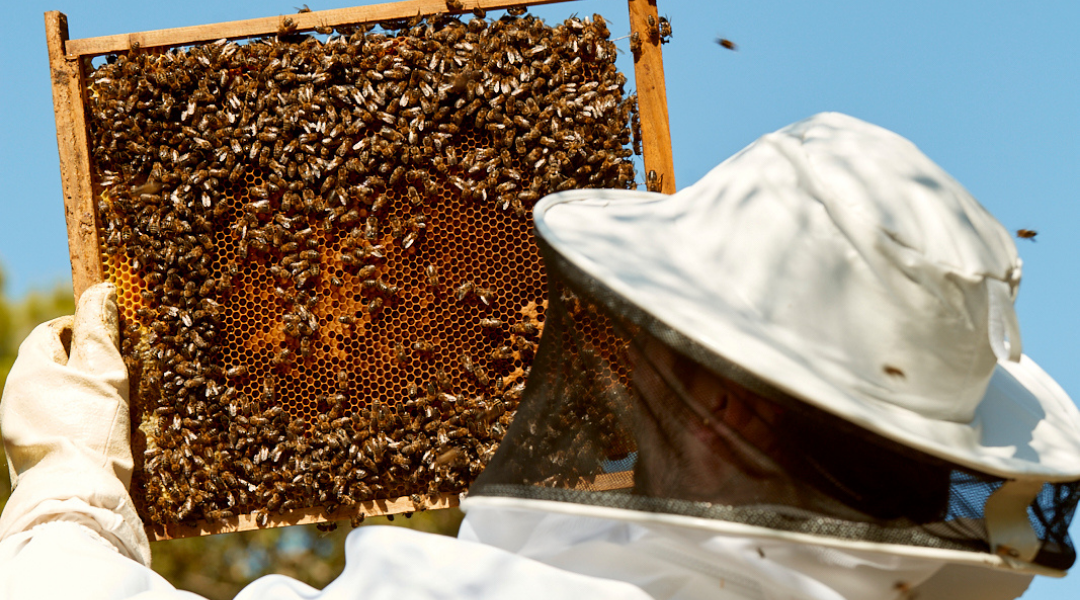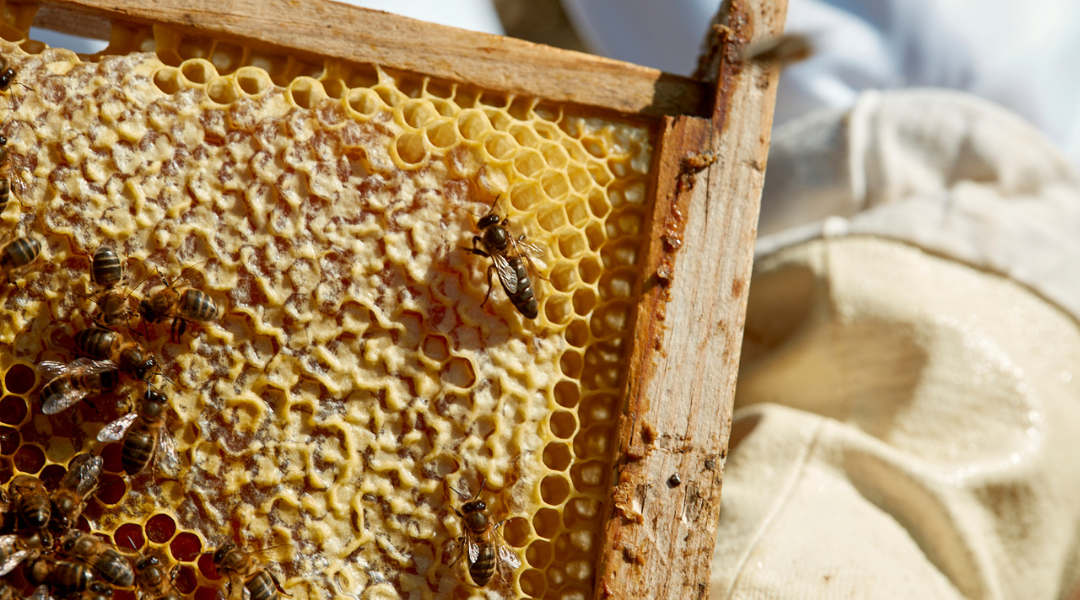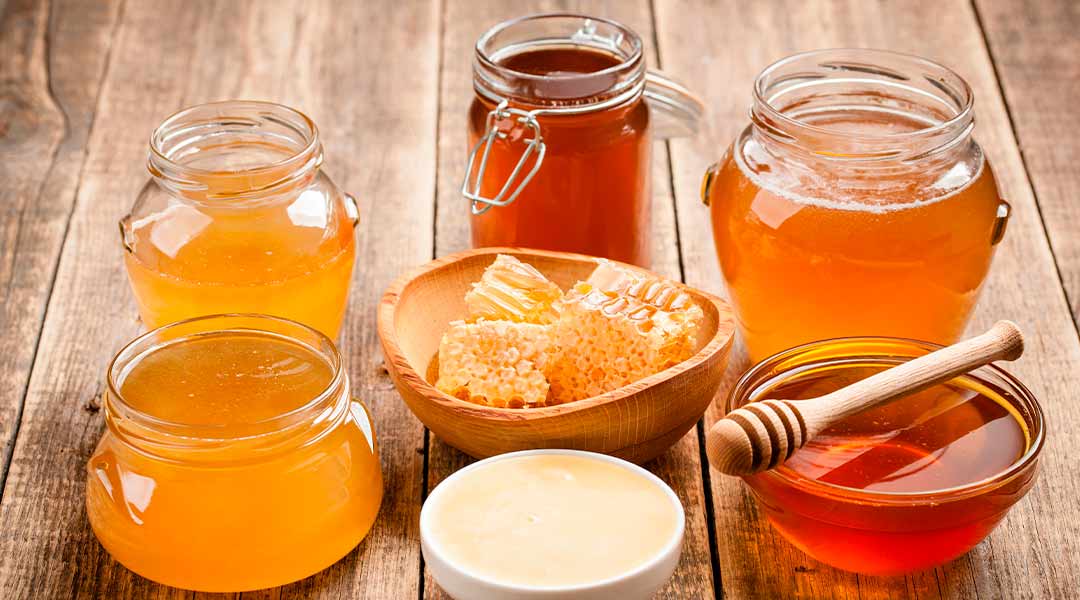Honey cannot be obtained without impeccable beekeeping, and this requires certain processes to be followed, which we explain below.
Beekeeping is used to extract all kinds of products from the work of the bees, in addition to honey. Production and care in beekeeping must be accompanied by great precision and care in every single task.
Beekeeping process
But beekeeping practices follow a specific order per year and are all necessary for a successful end result.
Worker bees produce honey, royal jelly or wax as long as they have the necessary material (nectar and pollen). There is a harvesting period and during the rest of the time they work on the processing of the materials, mainly as food for the hive.

In about three weeks, the bees finish the products that the beekeepers are responsible for collecting. For this, the necessary tools and utensils must be ready, and the bee hives must be well maintained and in good condition.
In addition, beekeepers can place their hives in specific locations to look for different honeys. Depending on the flowers in the environment, the bees will produce different types of honey and other products.
The work of beekeepers
The beekeeper is the person who is in charge of beekeeping practices. His work depends on the time of the year, as during spring and summer the bees are at their most active, while in winter the conditions for the following season must be prepared.
During the period when the bees are foraging (during the flower pollination period), beekeepers must take care of population control and the subsequent extraction of honey. Although this is the time most associated with the work of beekeepers, the work during the rest of the year is also indispensable.
When the bees are not out collecting pollen and nectar, the beekeepers carry out the tasks of the so-called off-season. This consists of preparing the bee houses for the following season. Precautions must also be taken with regard to possible diseases or pests.

Materials from a beekeeper
It could be said that the main element of a beekeeper is the hive. It is where the bee populations are established and it is the main tool from which the honey is extracted. The hives consist of floor, supers, frames and roof.
In terms of the items or utensils that a beekeeper’s equipment should include, there are several that should not be missing:
- Beekeeper’s suit: Of course indispensable. The characteristic beekeepers’ suit is bee-proof and protects against all possible damage.
- De-beekeeping brush: This consists of a brush which is used to sweep the bees out of the comb and put them back into the hive.
- Levers for handling frames: This is a tool without which the frames in the hive could not be handled. They are very useful.
- Smoker: An innovative tool, with which the bees are driven away by smoke, making it look like fire.
Origin of beekeeping
Historically, many materials of natural origin were used to carry out all kinds of tasks. There were no methods other than extracting elements from plants or animals.
There is evidence of the use of wax in the Stone Age, as well as beekeeping practices in ancient Egypt. In Greece and Rome, beekeeping was also practised and even considered a source of worship and veneration.
Sophisticated modern beekeeping techniques did not arrive until the end of the 19th century. Panels and frames began to be created. Later, in the 20th century, beekeeping practices began to evolve into what we know today.
You may also be interested in:


